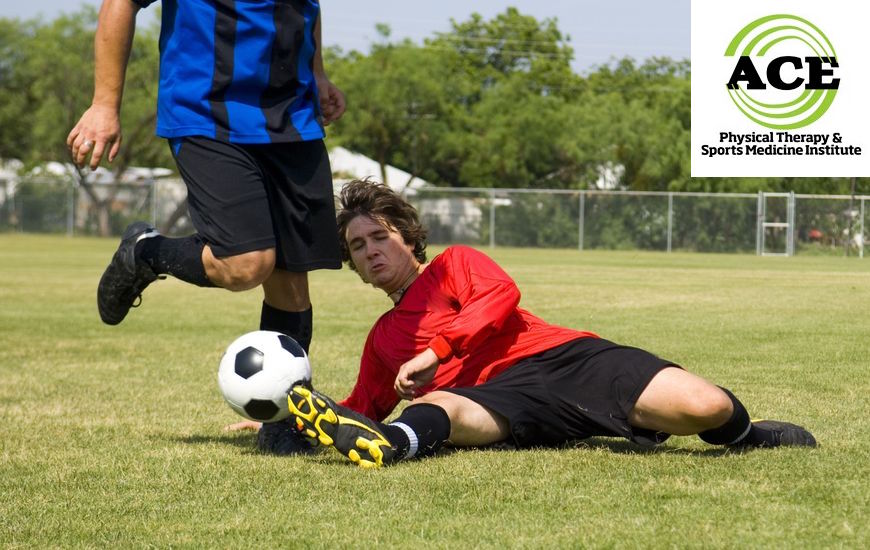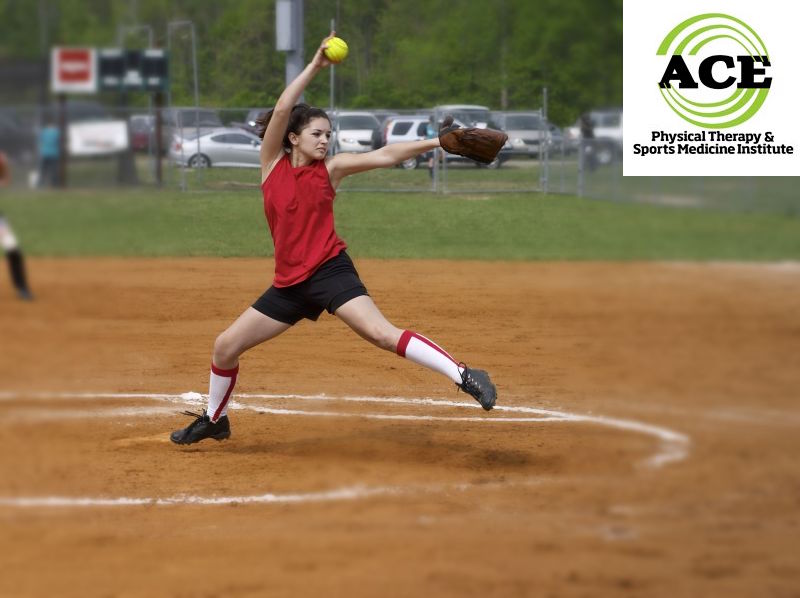CLEATED SHOES AND FOOT PAIN

Tid Bits of Info
- NFL defensive linesmen have an average BMI of >31 kg/m2 (obesity according to the WHO) with the high being 40.20 kg/m2.
- Soccer players can run up to 7 miles per match.
- Cleated shoes have various types of cleats that are designed to be worn different surfaces.
- It has been reported that > 15% of all athletic injuries might be directly or indirectly related to cleated shoes.
- If you suffer an injury or have foot pain after wearing cleated shoes go to the Physical Therapist for evaluation and treatment.
As sports teams and players look for a competitive edge, specialized equipment often plays a key role. Many sports incorporate the use of lightweight cleated shoes to maximize performance. For some sports these shoes are designed with ample foot support throughout gameplay, but in other sports the shoe has become so minimal that it provide little or no support. Minimalist cleated shoes that “fit like a glove” fail to provide ample foot support and consequently jeopardizes the joints and soft tissues of the athlete’s feet.
Many sports now require the use of a cleated shoe and this might be the worst thing possible for the human foot/ankle. The cleats are designed to give athletes a better ability to “grip” the ground and control their balance and “footing” on the surface. Unfortunately, the decrease in surface area that is in contact with the ground hinders the foot’s chances of being totally stable. The use of lightweight, flexible cleats on the athletic field has led to various soft tissue injuries. Athletes have gotten bigger, faster and stronger and the use of these shoes has caused them to suffer from foot pain that might not have occurred if the shoe had sufficient arch support.
When athletes run, they can land on their feet with 7x their body weight. Obviously, the shoe that is worn has to support the arches of the feet. Unfortunately, there are way too many athletic shoes on the market that do not offer the arch support that is required to stabilize the entire foot. Heavier athletes are more likely to experience foot pain due to the lack of support from the cleated shoes. The use of an orthotic that is designed to support the different arches and joints of the foot and ankle complex is often times not feasible due to the slim fit of a cleated shoe.
Cleated or minimalist shoes that weigh very little and have nearly no “arch” support can lead to a disastrous result in athletes that compete in a sport that requires running or jumping. The injuries and foot pain that occur in many athletes is over-looked and not considered serious because they are able to compete when the pain is present. When the pain intensifies to a level that limits their ability to participate, the athletic healthcare providers begin to notice the deleterious effects of lightweight, non-supportive athletic shoes.
The human foot consists of 26 bones that form numerous joints that enable motion. There are 30 different articulations within these joints that make it possible for the foot to absorb a tremendous amount of impact force or to become a rigid lever to propel one’s body weight through space. The three arches of the foot are supported statically by the plantar fascia and dynamically by the muscles of the foot and ankle. The foot and ankle are reliant on the nervous system to control and “fine tune” the musculature. If the muscles do not contract or contract at the wrong time, there will be a loss of neuromuscular control, resulting in soft tissue damage.
The ability to continue to participate in a particular sport is dependent upon the health of the individual athlete. This includes their feet! If the Plantar Fascia or other soft tissues and joints of the foot/ankle complex are injured due to poor shoe wear, athletes should seek help and treatment from a Physical Therapist. Most Physical Therapists that work with the orthopaedic patient population are capable of evaluating an injury that might have occurred due to improper shoe wear. They will evaluate the injury and prescribe a treatment plan that will include the use of modalities to resolve the symptoms and various exercises that will strengthen or stretch the muscles of the leg, foot and ankle. They might suggest the use of an orthotic device (custom or off the shelf) that would fit in certain cleated shoes but not most. The program will address the symptoms, but help to alleviate the underlying problem that lead to the development of pain.
Seeking treatment from a Physical Therapist is easy and does not require a doctor’s prescription. Physical Therapists are licensed healthcare professionals that specialize in the functional capabilities of their patients. They are some of the best professionals to assess this type of injury.
Cleated shoes are here to stay and will continue to cause foot pain in the athletes that wear them. Hopefully, shoe manufacturers will change the shoe design and enable the athlete to utilize a supportive orthotic device or make the shoe supportive on its own.

























